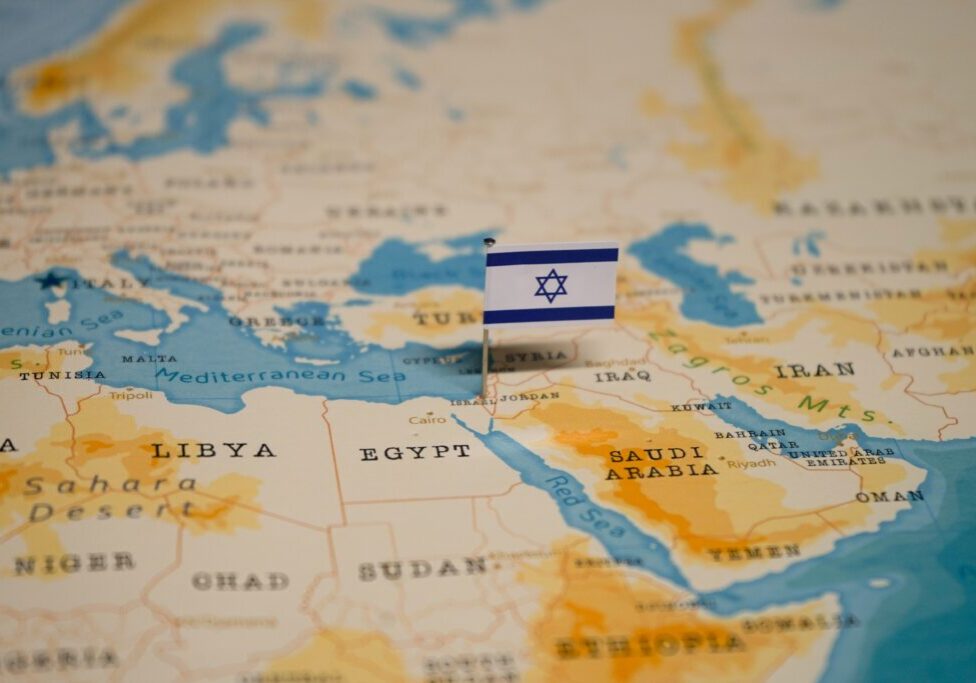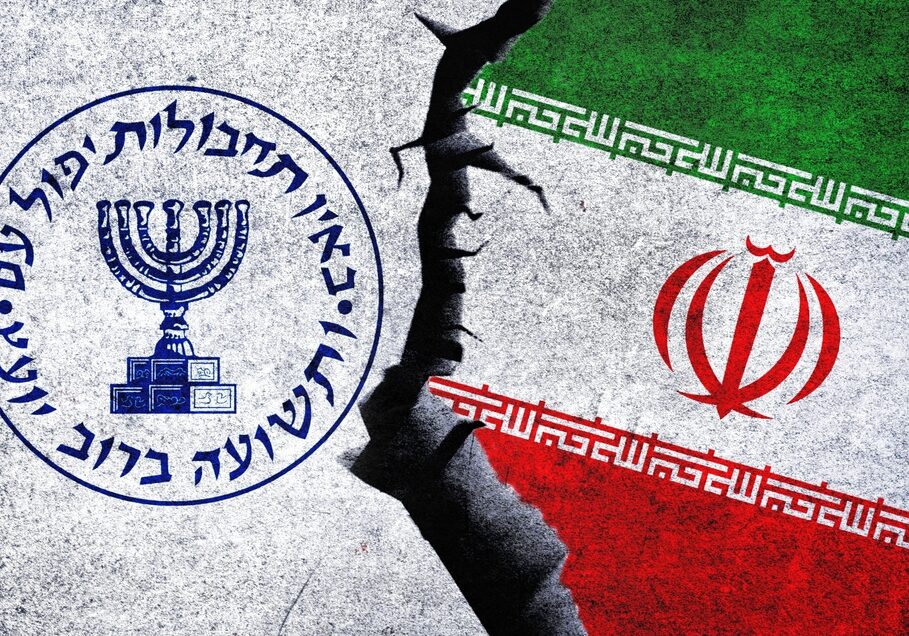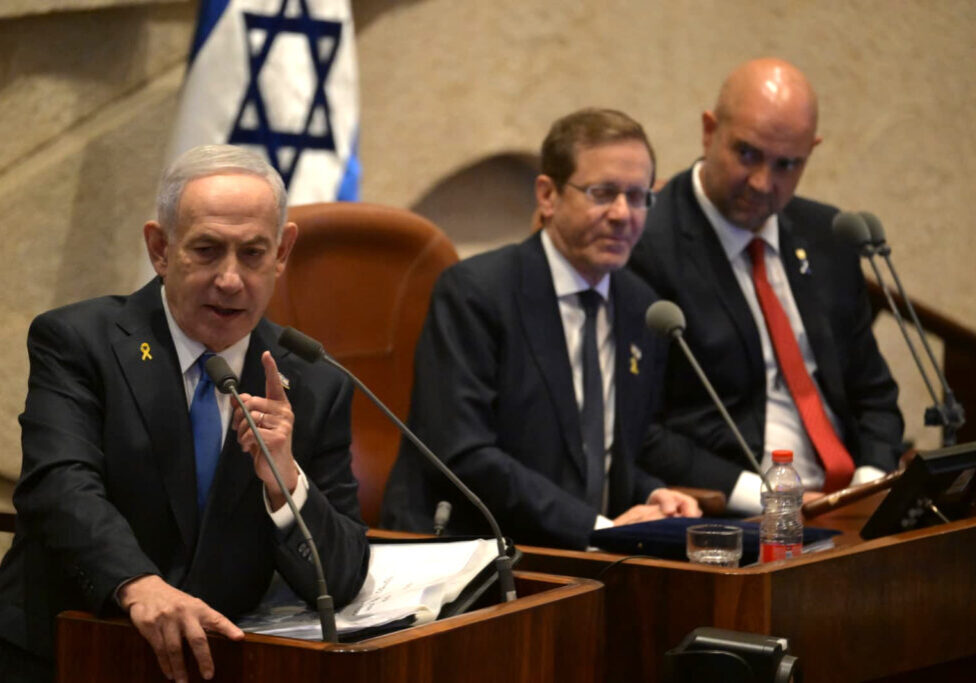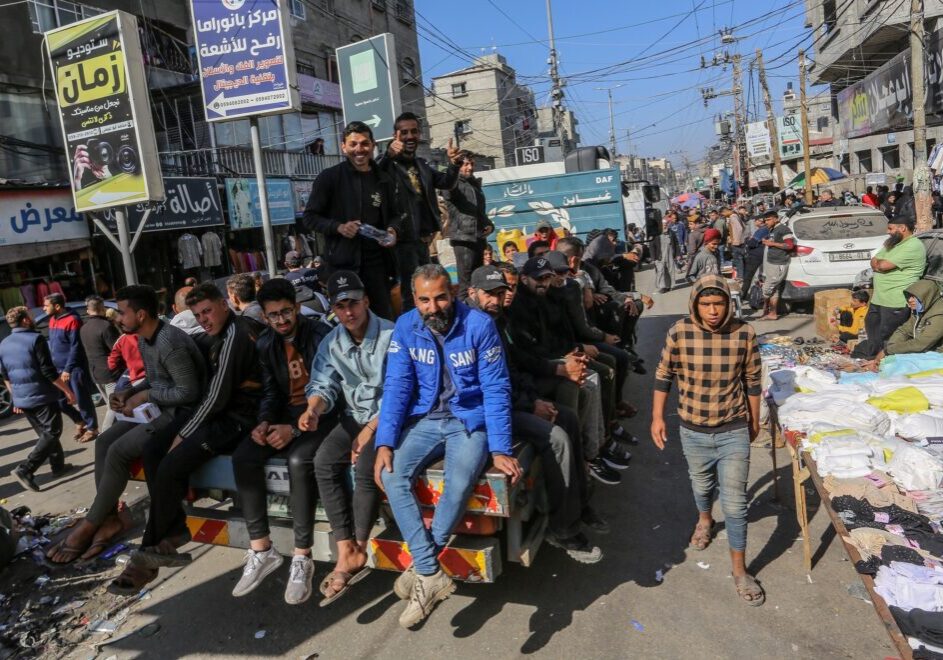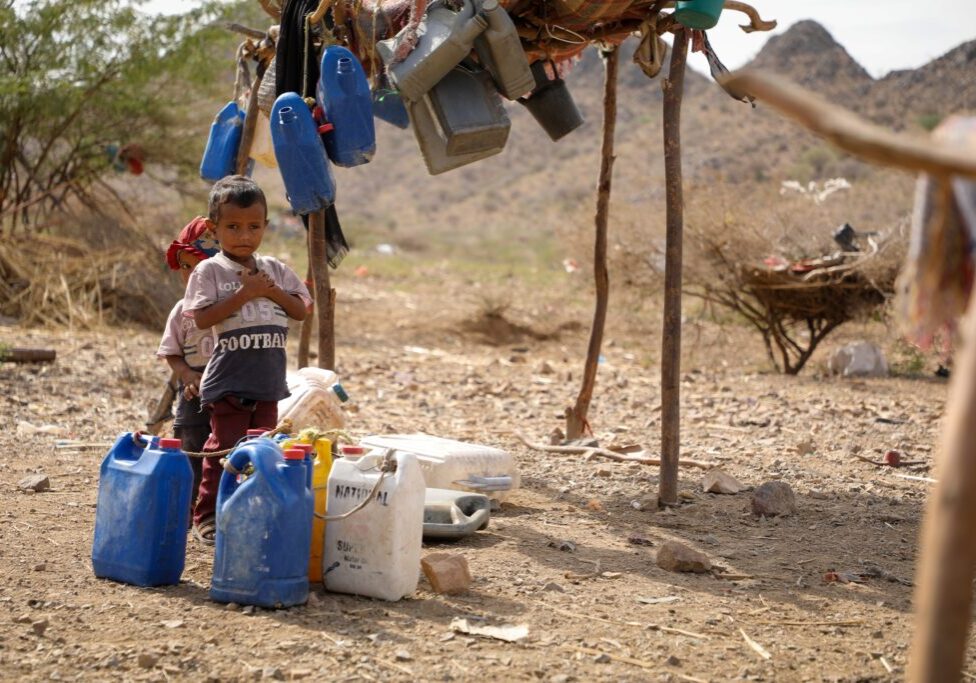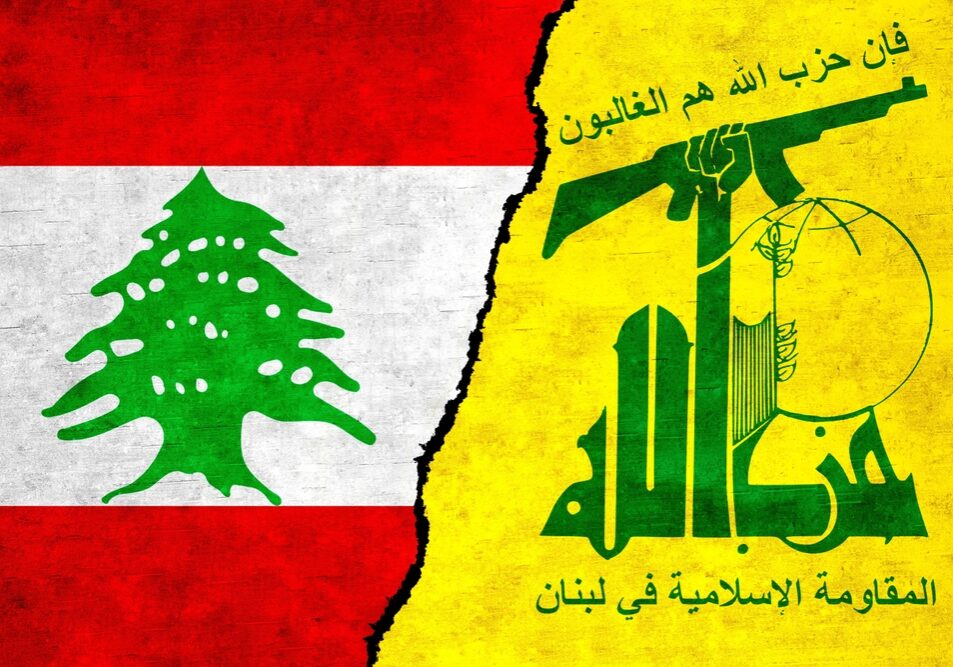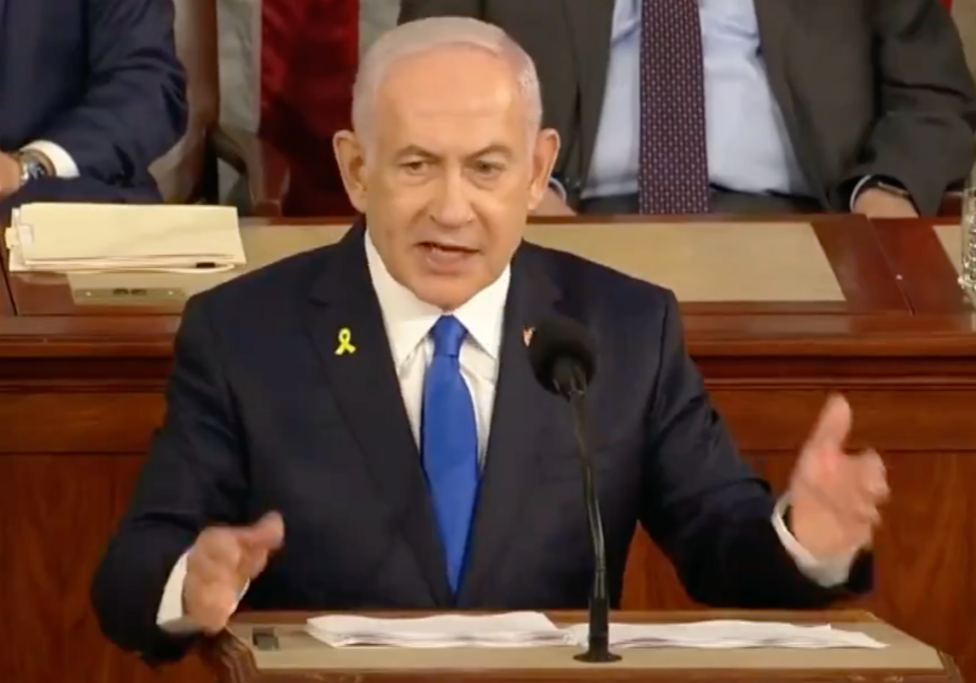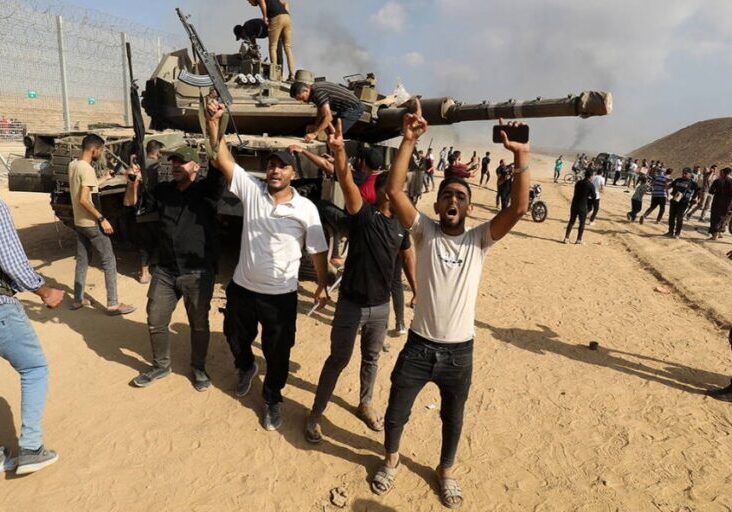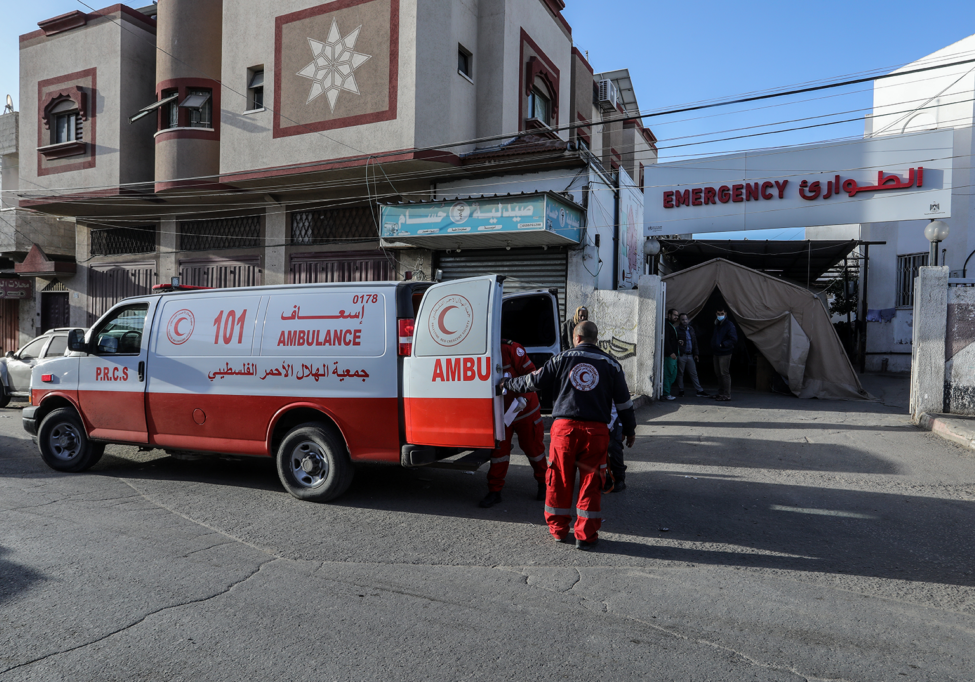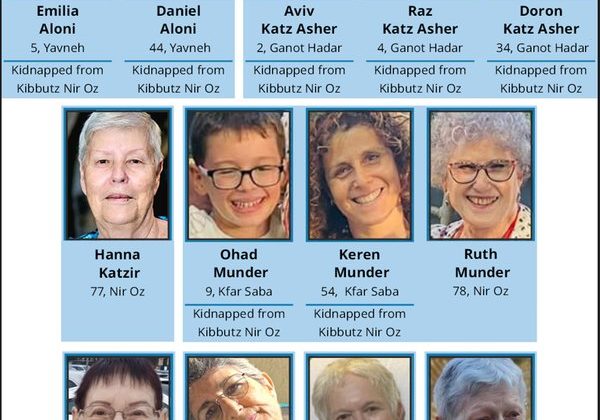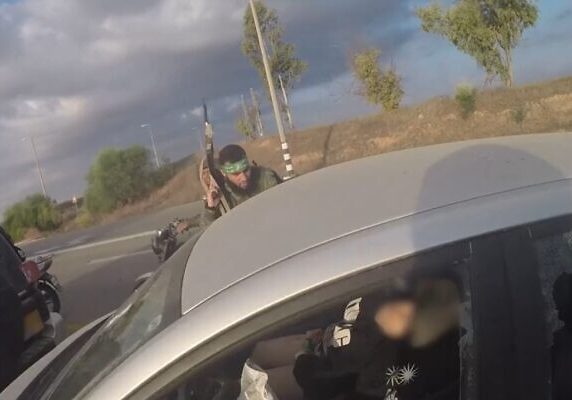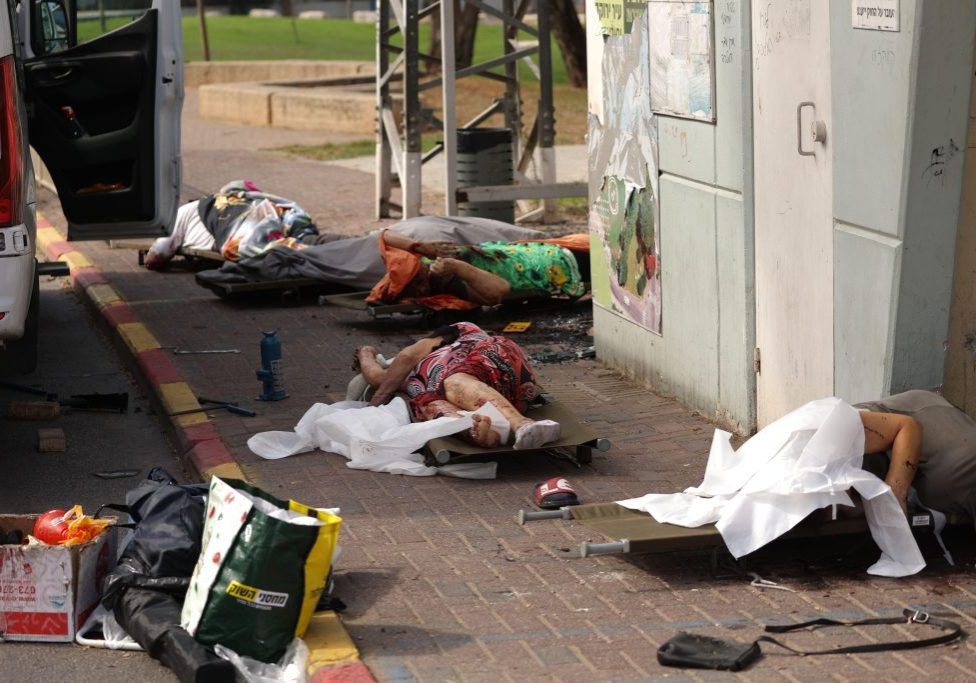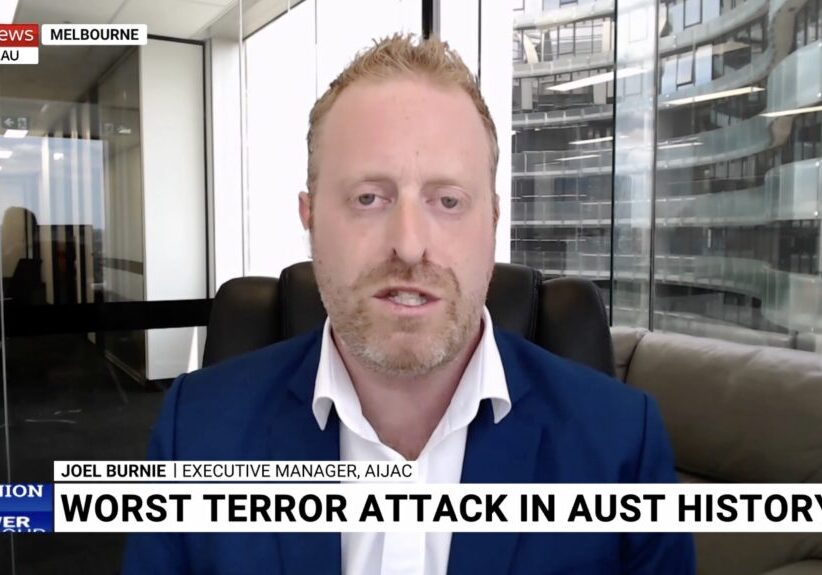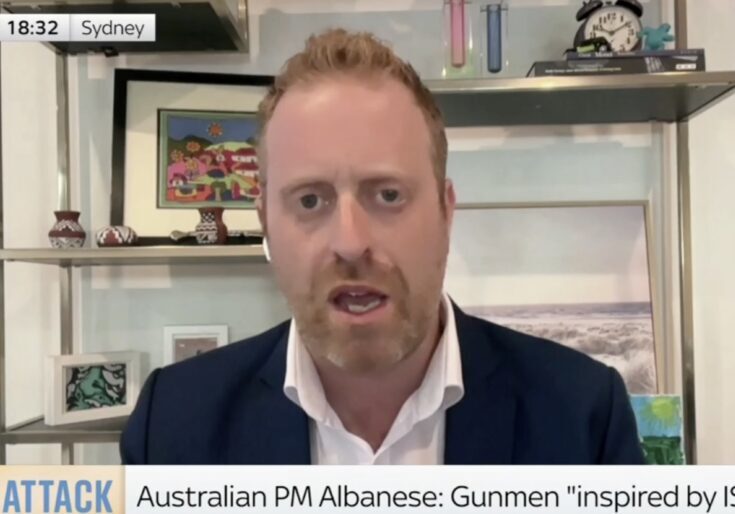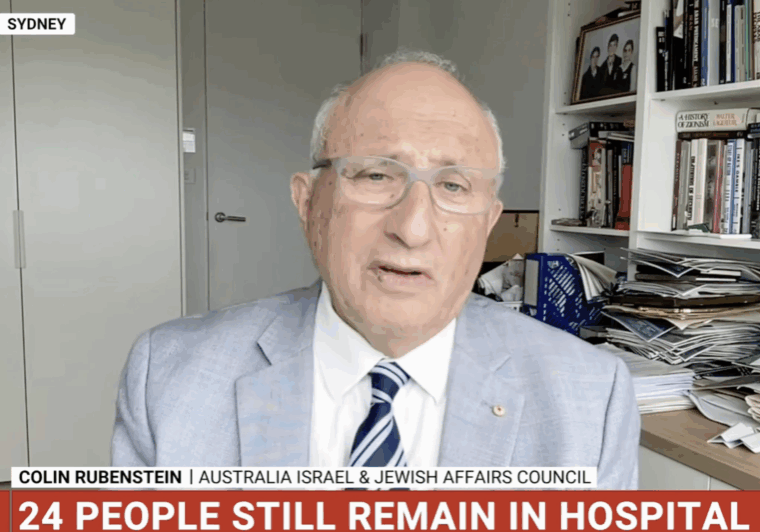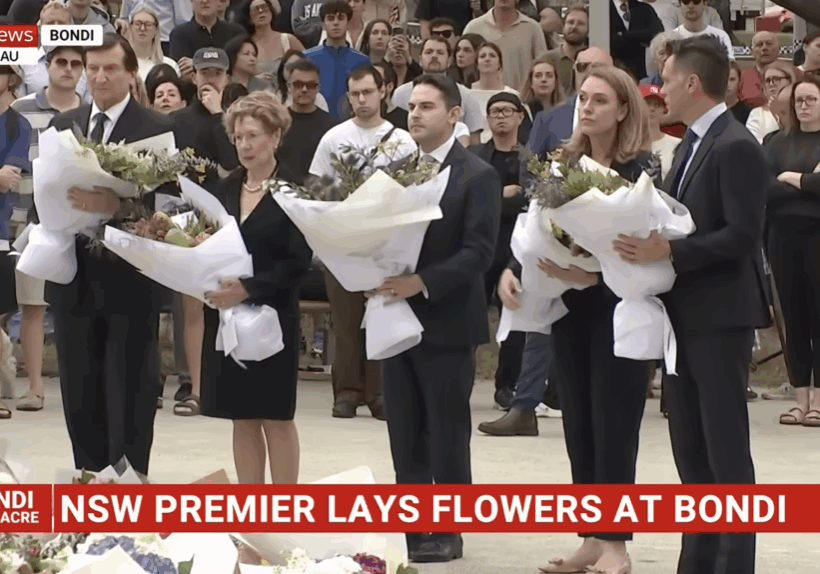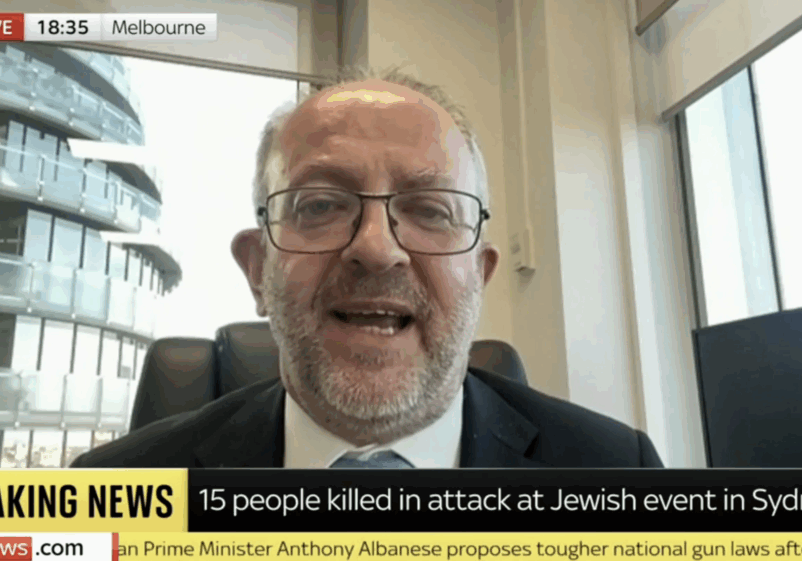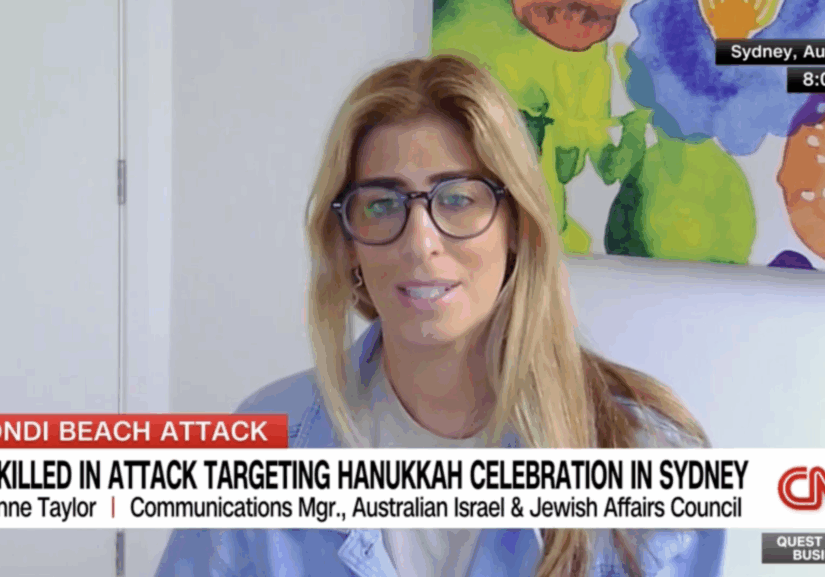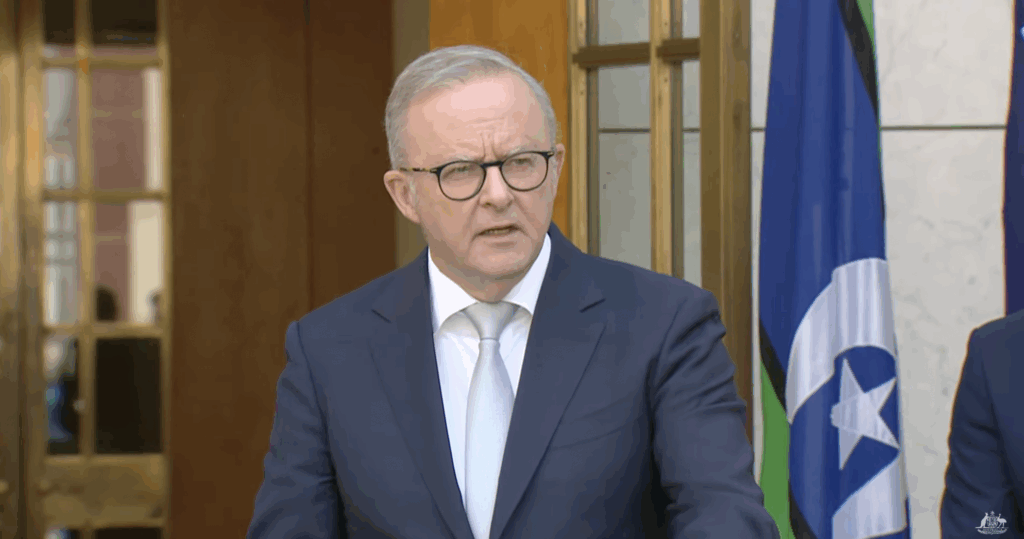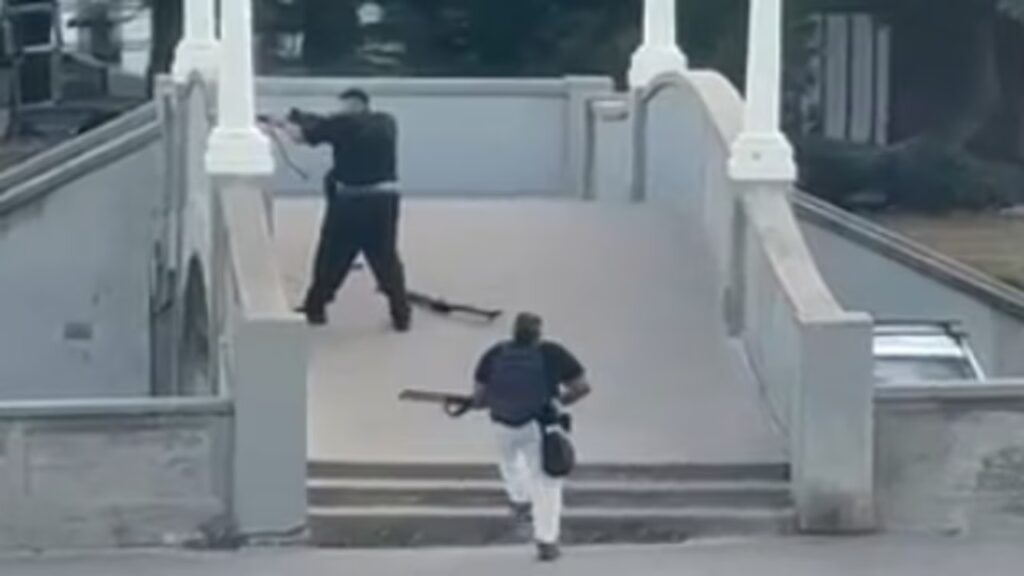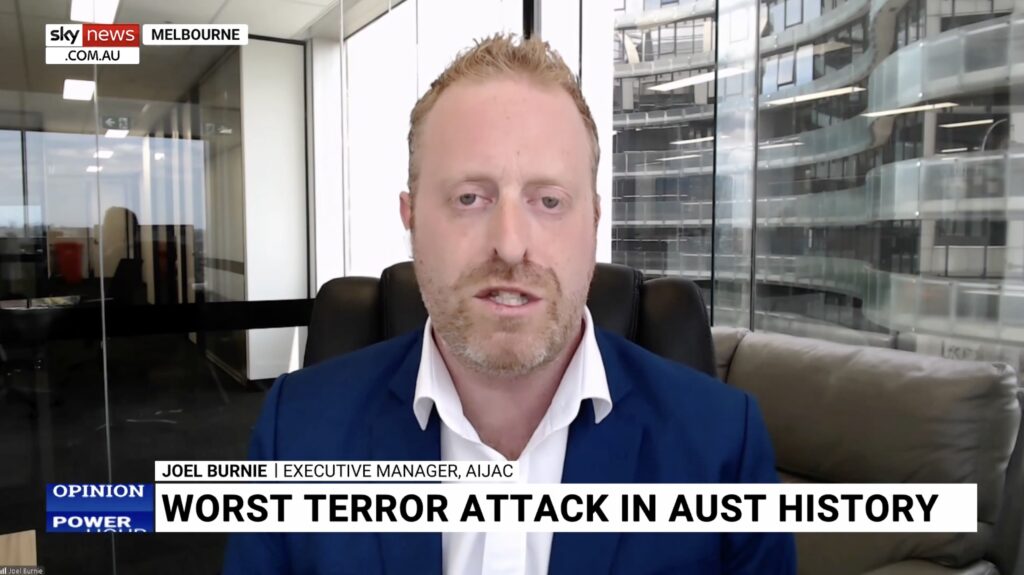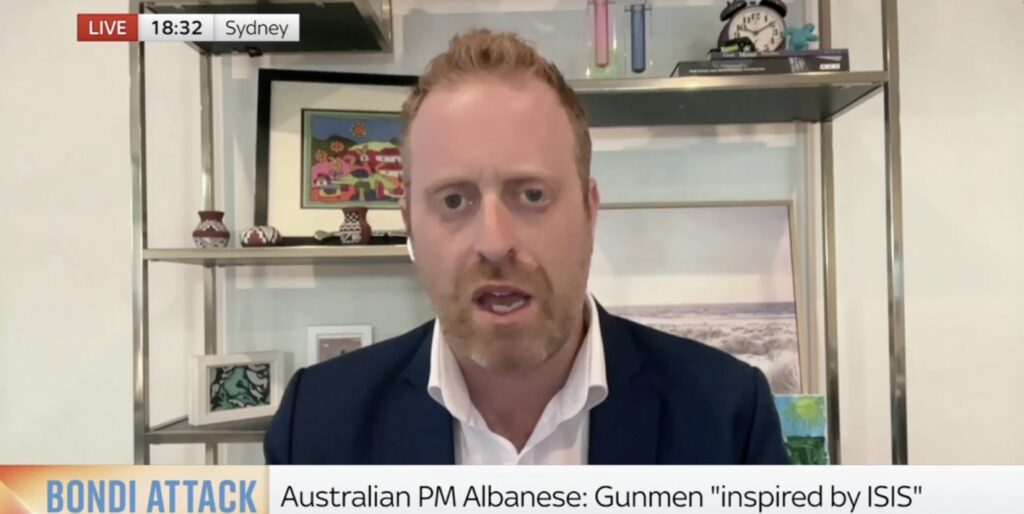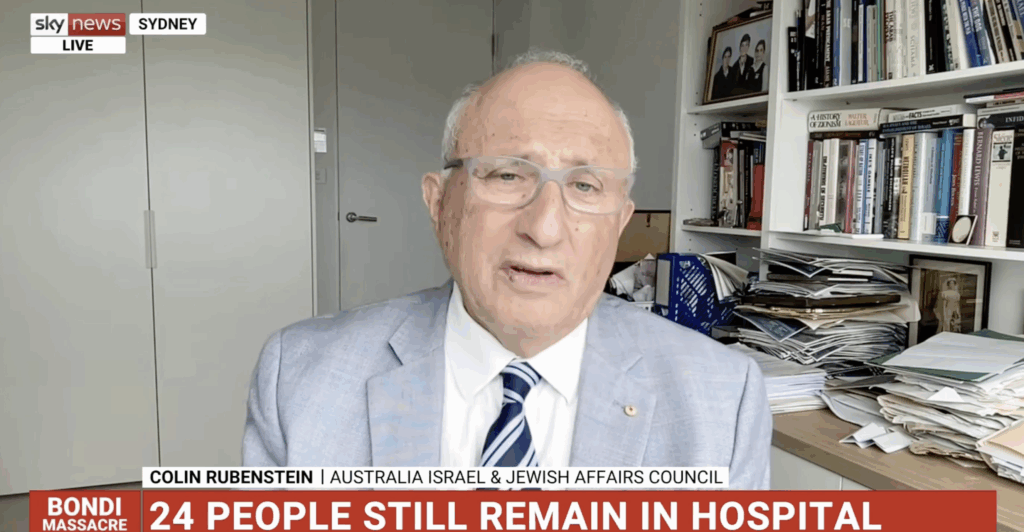FRESH AIR
IAEA reports show Iran has almost reached nuclear weapons capabilities
March 15, 2023 | Ran Porat
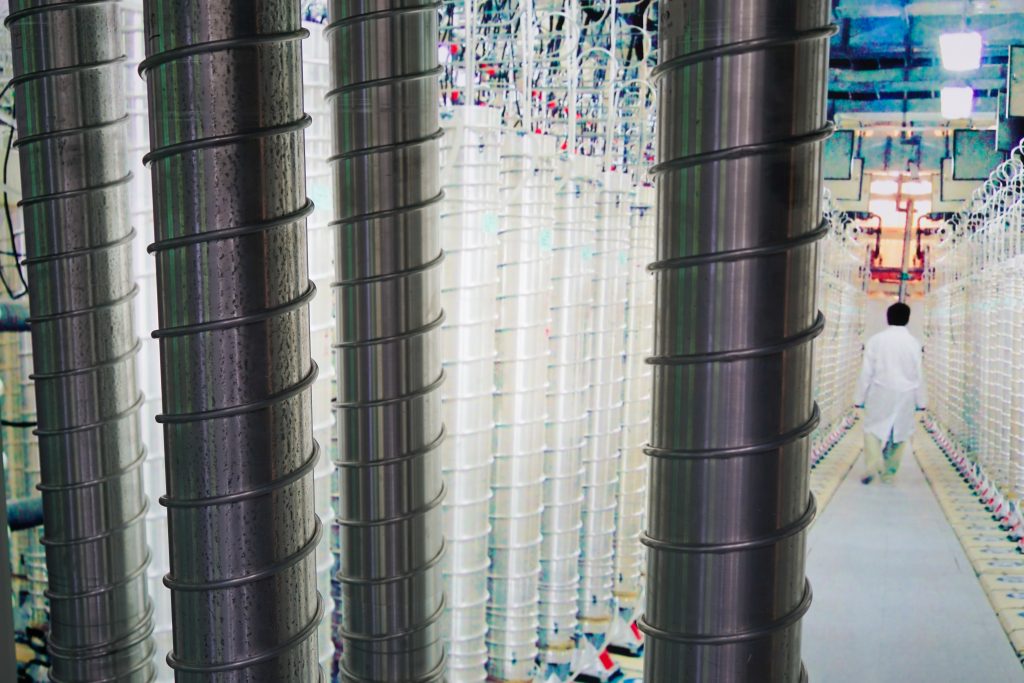
The March 2023 reports by the International Atomic Energy Agency (IAEA) on Iran’s nuclear program indicate, again, that Teheran has almost completed its process of breaking out towards military nuclear capabilities. The regime now possesses enough valuable knowledge, experience, equipment and fissile material for at least one atomic bomb warhead, with no international oversight in place.
Main conclusions from the IAEA report
According to the March 2023 IAEA reports on Iran (analysed by the US-based Institute for Science and International Security):
- At the Fordow underground facility, Iran enriched uranium to 83.7% purity – very close to weapons-grade, which is 90%+. This was made possible after Iran changed the connections between two cascades of advanced IR-6 centrifuges without notifying the IAEA of this change, as required by Iran’s agreements with the agency. The IAEA investigation appears to refute Iran’s explanation that reaching this level of enrichment was done ‘accidentally’.
- Iran’s enriched uranium stockpiles, as of Feb 12, were:

- Iran is utilising thousands of centrifuges of different types (IR-1, 2, 2m, 4, 6 etc.) to currently produce a total operating enrichment capacity of 18,700 separative work units (SWU) per year, the standard unit of enrichment capacity. This is an increase from 16,300 SWU per year in Nov 2022.
- No progress has been made with regard to the outstanding issues under IAEA investigations in Iran, including the three undeclared sites where IAEA inspectors found man-made uranium particles two years ago, as well as other aspects of the IAEA’s years-long investigation into the possible military dimensions (PMD) of Iran’s nuclear program. This is because Iran continues to provide no substantive cooperation with the IAEA on these matters, while also providing false information to the agency.
Monitoring
- The IAEA’s ability to monitor Iran’s nuclear program remains almost zero. The agency cannot verify critical elements of the nuclear program such as the production of heavy water and centrifuge parts and assembly.
- Critically, the IAEA effectively admits it is unable to “provide assurance of the peaceful nature” of Iran’s nuclear program. In other words, the agency cannot credibly determine if Iran has diverted parts of its nuclear program to military uses.
- Footage from IAEA cameras and data from its sensors from February 2021 is still being held by the Iranian regime, while most IAEA monitoring equipment at Iran’s declared nuclear sites has been removed by Teheran since June 2021. Establishing a starting point to accurately re-evaluate the progress of Iran’s nuclear program would take a very long time and would be speculative to a considerable degree, given the data gap created by the Iranian actions over the last year and a half.
The meaning of the latest IAEA findings
- Breakout time is effectively zero. The growing stock of highly enriched uranium and the accumulation of valuable knowledge in advanced centrifuge operation means that Iran can very quickly enrich enough uranium for at least one nuclear warhead. A few weeks ago, US Under Secretary of Defense for Policy Colin Kahl told a congressional committee that Iran could make enough fissile material (highly enriched uranium) for one nuclear bomb in “about 12 days”.
- The table below elaborates on the estimated time Iran needs to amass enough military-grade enriched uranium (+90%) per number of nuclear warheads:

- The only question remaining now is how much time Teheran needs to complete the final piece of the nuclear weapons project – perfecting a nuclear warhead and conducting a nuclear test. Western intelligence agencies estimate this would take two years, but, given the effective blindness of the IAEA, there is no guarantee that Iran has not advanced more toward this goal than is usually estimated in the West.
- Iran has altered its previous tactic of slowly advancing in the open towards nuclear weapons capabilities and appears to be pursuing three parallel paths of nuclear activities leading to the goal of a nuclear weapon, or at least the capacity to assemble one or more on demand. These paths can be represented by three colours:
- Grey – activities in declared/known sites that are allegedly under IAEA supervision, but where, in practice, monitoring has been greatly reduced. This is used for activities that can be presented as semi-plausibly in line with ‘peaceful’ atomic energy uses (such as power generation and physics research) and hence Iran can claim that they are legitimate.
- Dark grey – secret, directly weapons-related activities in existing declared sites, taking advantage of the reduced IAEA monitoring capacity. In some cases, such activity is detected after the event (for example, with regards to the 83.% enrichment at Fordow).
- Black – secret work undertaken at undeclared sites, perhaps with equipment moved from declared sites since the IAEA supervision of them has been greatly reduced.
Iran outmanoeuvres the IAEA to avoid condemnation
Iran was supposed to be at the top of the agenda for the IAEA’s first Board of Governors (BOG) meeting in 2023 (March 6-10). While the topic was discussed during the BOG, and leading member states issued strong statements harshly criticising Iran, the meeting concluded without a formal reprimand to Teheran. Without such a formal IAEA resolution, new concrete steps against Iran by the international community are much more difficult to impose or enforce. It is possible that some in the West still believe Iran will resume talks on the now-defunct 2015 nuclear deal (JCPOA).
The lack of a condemnatory resolution was an Iranian diplomatic achievement resulting from a last-minute visit by the IAEA’s Director General, Rafael Grossi, to Teheran on the weekend before the BOG meeting at Iran’s invitation. In his two days in Iran (March 3-4), Grossi met the head of Iran’s Atomic Energy Organisation (IAEO) Mohammad Eslami and Foreign Minister Hossein Amirabdollahian, and was even ‘honoured’ with a special meeting with President Ebrahim Raisi. The meetings amounted to an Iranian attempt to “sell” Grossi a new package of alleged concessions to IAEA demands and requirements in exchange for not passing a condemnatory resolution at the BOG meeting.
The visit concluded with a joint statement, in the familiar ‘positive’ and vague language but with no listing of specific steps to be taken by Iran. Upon returning to IAEA HQ in Vienna, Grossi claimed (March 6) that Teheran had officially consented to reinstall the agency’s equipment in its nuclear facilities, and to enable monitoring of enrichment, centrifuge parts manufacturing and assembly, production of heavy water and uranium ore concentrate. Yet, an Iranian spokesperson argued that “there were no talks or agreements about installing cameras,” and said that inspections at the Fordow plant had increased from eight to 11 – less than the reported “50% increase” that was supposedly agreed to.
It should be noted that a similar joint statement with similarly ambiguous Iranian commitments and concessions was issued in March 2022, a year ago, similarly following a last-minute Grossi visit to Teheran just before an IAEA BOG. The statement at that time did not then lead to a resumption of IAEA monitoring in Iran.
Grossi’s visit this year also involved an additional controversy when he was asked by the press to comment on the possibility of attacks on nuclear facilities in Ukraine and in relation to indirect threats made by Israel and the US to do so against Iranian sites if all other methods to stop Iran producing nuclear weapons are exhausted. Grossi diplomatically noted that, “any military attack on a nuclear facility is outlaw [sic], is out of the normative structures that we all abide by.” Responding to Grossi, Israeli Prime Minister Benyamin Netanyahu made clear (March 6) that Israel asserts a right to self-defence against Iran, which could include military action.
Conclusions
The trend regarding Iran’s nuclear program remains largely the same as of now. IAEA monitoring of Iran’s nuclear activities was phased out by Teheran in 2021 and is now reduced to almost nothing. Iran’s quest for a nuclear weapon is rapidly reaching the point of no return. If indeed Israel will not accept Iran as a “nuclear threshold state” – that is, one capable of assembling a nuclear bomb in days – as Netanyahu recently stated, then it is possible something dramatic may happen on this front relatively soon, even in the next few months. Only strong and immediate action by the free nations of the world, including Australia, to stop the Iranians from advancing further can prevent such a development – and the major conflict in the Middle East that might result.
Dr. Ran Porat is an AIJAC Research Associate. He is also a Research Associate at the Australian Centre for Jewish Civilisation at Monash University and a Research Fellow at the International Institute for Counter-Terrorism at the Reichman University in Herzliya.

